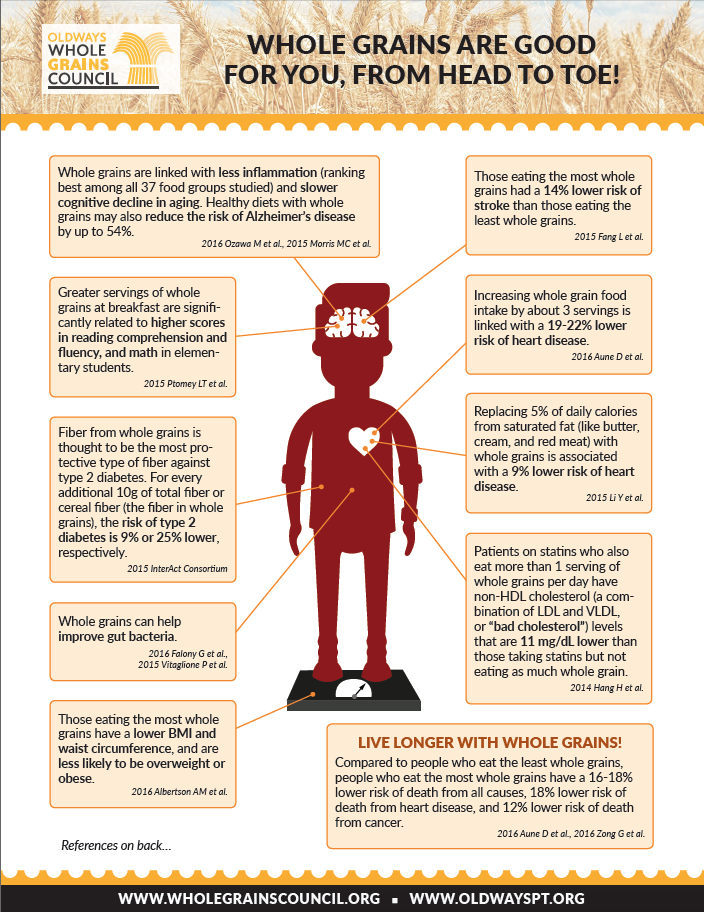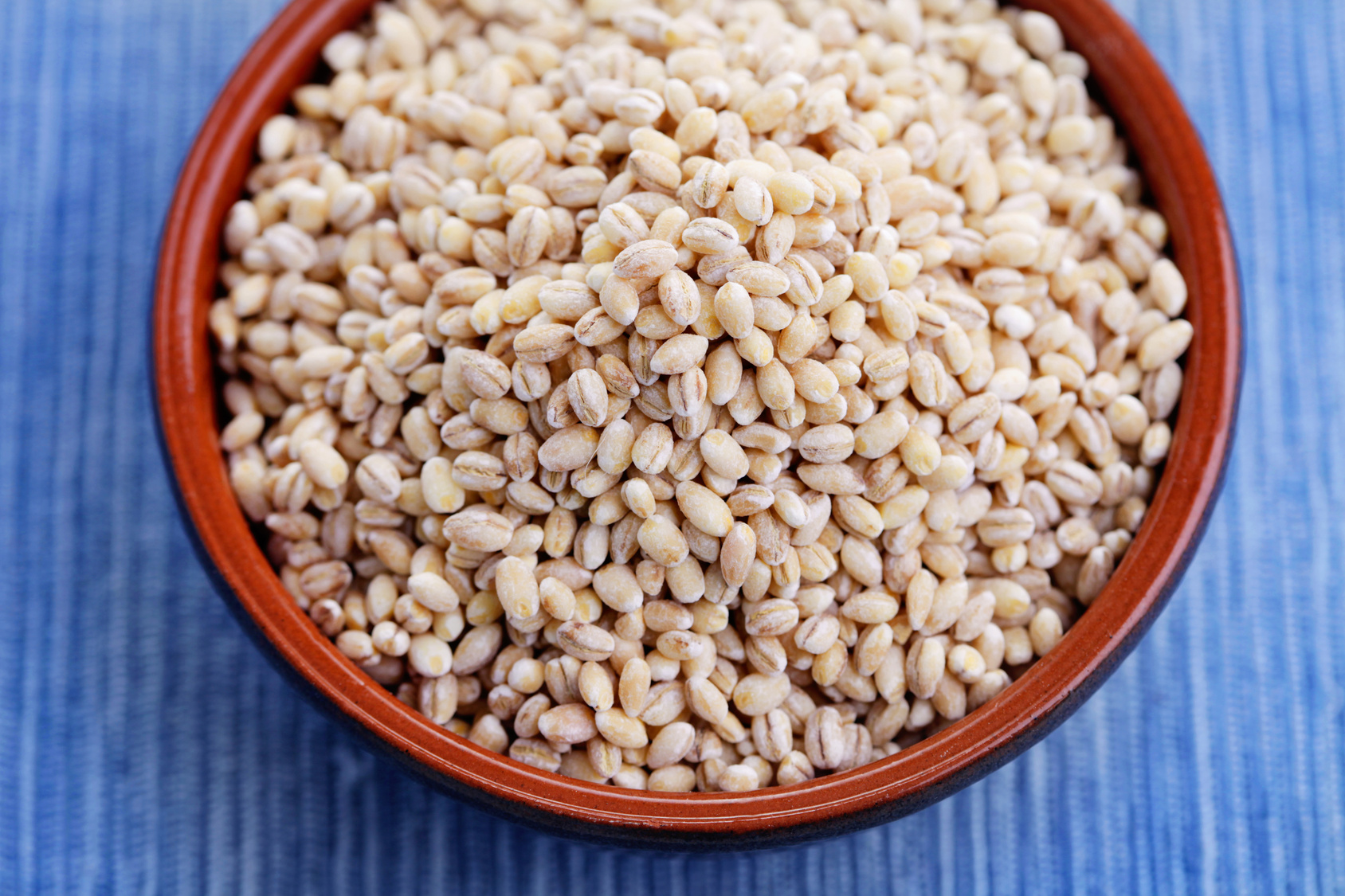Share This
Ah February, the month of love. Ironic, or perhaps appropriate, that the month of candy hearts and chocolate bars is also American Heart Month. Heart disease affects nearly half of the US adult population, and was the leading cause of death in 2017. Many factors contribute to a healthy heart, diet among the most important. So don’t just cater to the object of your affection’s heart this February, take a minute to pamper your own with whole grains.
Diabetes, Glycemic Index, and Coronary Heart Disease
Carbohydrates serve as the body’s main source of fuel and are the preferred energy source of many important organs, including the brain. Carbohydrates are easily broken down into glucose, or blood sugar once ingested, supplying energy to the body’s cells. When it comes to digesting these carbs, the Glycemic Index (GI) of a food can tell you how quickly the body will convert a food’s carbohydrates into glucose. Certain foods, especially those low in fiber and high in starch and added sugar are converted into glucose quickly causing blood sugar to spike then quickly plummet, straining some bodily
systems. Foods with a low GI (55 or less on the 1 to 100 GI scale is considered low) are digested more slowly, releasing glucose into the body at a more sustained rate. Intake of foods with a low GI score are shown to potentially reduce the risk of chronic disease including heart disease risk, while eating highly refined foods, specifically those high in added sugar, can actually increase heart disease risk, including the risk of stroke.
Diabetes is a chronic condition in which the body is not able to break down carbohydrates properly, leading to high levels of sugar in the blood. Individuals with diabetes are at an increased risk of heart disease. Adults with diabetes are 2-4 times more likely to die from heart disease than the average adult. This difficulty in controlling blood sugar levels makes choosing foods with a low GI score even more important. Most whole grains have very low GI scores and are associated with a lower risk of diabetes. In fact, the American Diabetes Association names whole grains as one of their top 10 “diabetes superfoods.”
Whether you have diabetes or not, it’s important to make your carbs count for heart health. It’s true, not all carbs are created equal, but virtually all intact whole grains have very low GI scores: whole grain barley has a GI of about 25, wheatberries about 30, rye berries about 35.
Cholesterol
Cholesterol is necessary for healthy bodily function, helping to build new cells and produce essential hormones. Although all the cholesterol we need is produced by our liver, the food we eat introduces more cholesterol into our body — making diet a powerful tool in managing cholesterol levels. Too much cholesterol in the bloodstream and it starts to build up on artery walls, clogging the flow of blood to and from the heart. It’s recommended to stay away from saturated and trans fats, as they raise blood cholesterol levels which increases the risk for heart disease. Replacing
these calories with unsaturated fats and whole grains has been found to lower your risk. In fact, a 2015 study showed that replacing 5% of daily calories from saturated fat (like butter, cream, and red meat) with whole grains is associated with a 9% lower risk of heart disease.
Due to its heart healthy attributes, we have appropriately dedicated the month of February to barley. Barley, along with oats, contains high levels of soluble beta glucan fiber, a special type of fiber that helps to control blood sugar. Barley has also been shown to reduce blood pressure and significantly lower total cholesterol. The research supporting whole grain barley is so strong that in 2008 the FDA approved a qualified health claim for barley products, linking them to a reduced risk of coronary heart disease.
Inflammation and Heart Health
Though inflammation’s role in chronic disease is still being explored, inflammation is common in heart disease patients and it is understood that chronic inflammation perpetuates the negative effects of atherosclerosis — or clogged arteries. Whole grains can help with managing inflammation levels in the body — high fiber diets have been shown to cut C-reactive protein (CRP) levels, a known marker for inflammation, up to 40%. New scientific focus has found that the health of our digestive system directly impacts not just functions related to digestion but our health as a whole, including the regulation of inflammation in our body. Eating a balanced diet full of prebiotic foods is the best path to a healthy gut – with whole grain fiber being particularly beneficial.
Looking for some whole grain inspiration this Valentine’s day? Check out the recipes below. Share with a loved one, and let us know how it turned out! (Abby)
Peanut Butter Chocolate Chip Teff Cookies
Baked Chicken with Apples and Barley
California Wild Rice Seafood Stew





Add a Comment